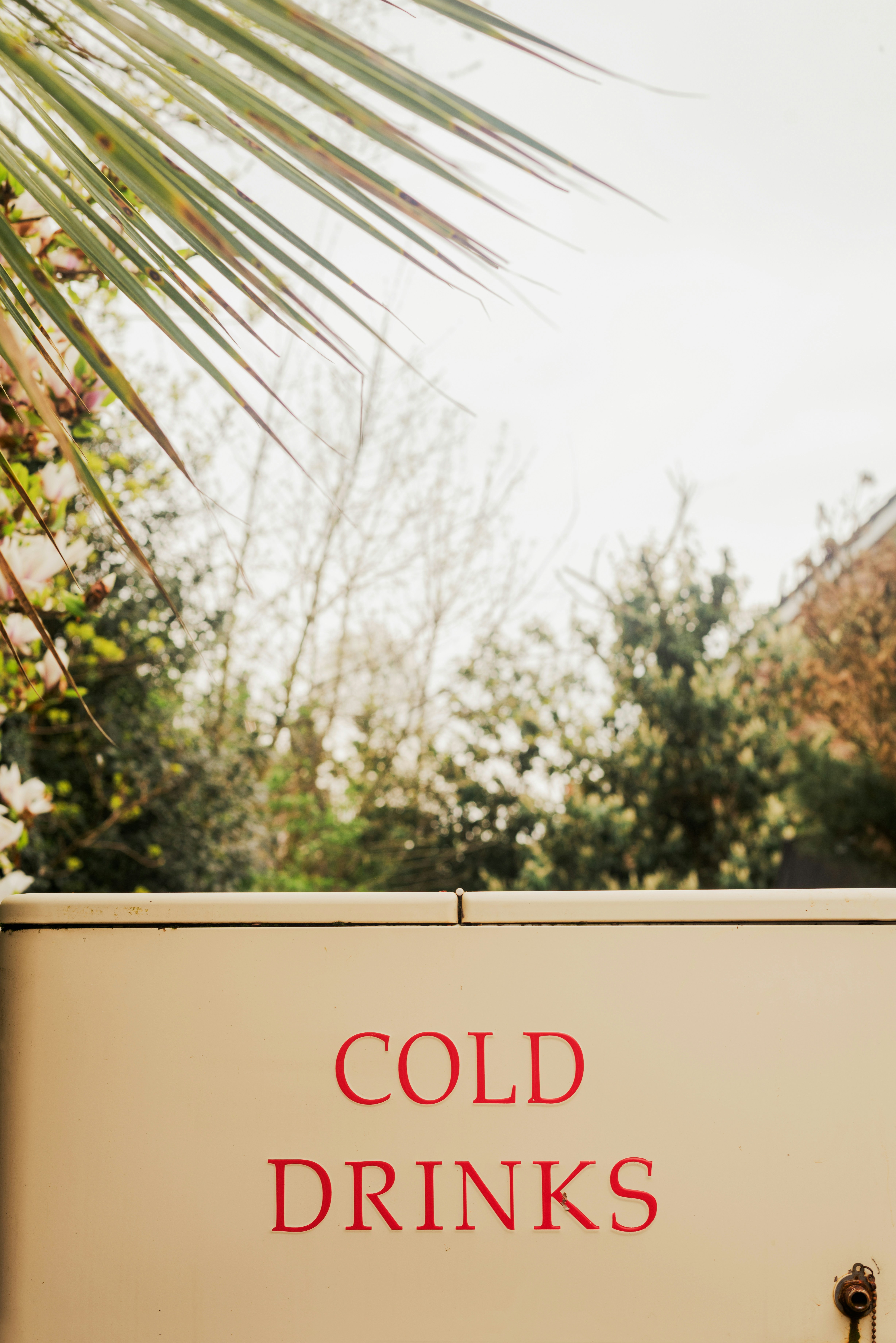Have you ever considered how embracing the chill of cold exposure can complement your oxalate protocol? It’s an intriguing balance, isn’t it? Combining two seemingly disparate aspects of health—diet and the physical response to cold—might just be the key to enhancing your well-being. Let’s unpack this idea together.
Understanding Oxalates
What Are Oxalates?
Oxalates, or oxalic acid, are naturally occurring compounds found in many plant foods. You may be familiar with foods high in oxalates, like spinach, beets, and nuts. Unfortunately, for some people, consuming too many of these can lead to health concerns, particularly kidney stones. Understanding how these compounds affect your body is essential if you’re following a specific diet to manage your oxalate levels.
Why Control Oxalate Intake?
If you’re sensitive to oxalates, managing your intake is crucial. High levels can contribute to the development of kidney stones and other health issues. Reducing oxalate consumption helps alleviate symptoms, particularly for those who struggle with gut health or kidney issues. But it isn’t just about avoiding certain foods; it’s also about adopting strategies that harmonize your overall approach to health, including exercise, hydration, and even cold exposure.
What Is Cold Exposure?
The Basics of Cold Exposure
Cold exposure typically involves intentionally subjecting your body to cold temperatures through practices like cold showers, ice baths, or outdoor activities in chilly weather. Sounds uncomfortable, right? But countless people are starting to recognize the benefits of this practice, such as improved circulation, boosted metabolism, and enhanced recovery from exercise.
Benefits You Might Experience
When you embrace cold exposure, you might notice:
- Improved Mood: Cold exposure can stimulate the release of endorphins, which may help improve your mood and reduce stress.
- Enhanced Recovery: After a workout, cold exposure can reduce muscle soreness and inflammation.
- Increased Energy: A sudden plunge into cold water can trigger a rush of adrenaline and enhance your alertness.
Incorporating cold exposure into your lifestyle can seem daunting, yet the potential benefits warrant considering this practice as part of a holistic health approach.
Merging Cold Exposure with Your Oxalate Protocol
Why Combine the Two?
Integrating cold exposure into your oxalate protocol can seem unconventional but think about it: both strategies can work synergistically to enhance your body’s resilience. The cold can aid in managing inflammation, which is particularly beneficial if you’re also monitoring your oxalate levels. Both approaches can ultimately empower you to gain more control over your health.
Maximizing Benefits
Once you’ve understood both concepts, let’s explore how you can merge your strategies effectively.
Starting Your Cold Exposure Journey
Choosing Your Method
You’ve got options when it comes to how to incorporate cold exposure into your routine. Some popular methods are:
| Method | Description |
|---|---|
| Cold Showers | Gradually lowering water temperature during your morning routine. |
| Ice Baths | Sitting in a tub filled with ice for a short period of time. |
| Outdoor Activities | Engaging in sports or walks in colder weather. |
Each method has its pros and cons, so think about what suits your routine and comfort level.
Finding Your Comfort Zone
You don’t need to jump into an ice bath on day one. Start by gradually adjusting your exposure to cold. Maybe you begin with a lukewarm shower and finish with a burst of cold for 30 seconds. As you get acclimated, you can extend the duration or the intensity of the cold exposure.
Timing Your Cold Exposure
When to Take the Plunge
Timing is essential. You might wonder when is the best time to incorporate cold exposure, and here are some thoughts:
- Post-Workout: Cold exposure can help in muscle recovery after physical training.
- In the Morning: A cold shower in the morning can serve as a wake-up call, spurring circulation and energy.
- Whenever You Feel Overwhelmed: If you’re feeling stressed or fatigued, a quick cold exposure can provide a refreshing pause.
Creating a Schedule
Establish a routine that aligns with your lifestyle. For instance, if you work out most days after work, consider a cold shower immediately after to make it part of your recovery process. You might want to make cold exposure a dedicated part of your self-care plan.
Cold Exposure Techniques Specifically for Oxalate Control
How Cold Can Help
One of the benefits of cold exposure may include its role in reducing inflammation. If you’re managing oxalate levels, inflammation can be a concern. Cold exposure can potentially support your body by:
- Lowering the body’s inflammatory response.
- Assisting in overall recovery, enabling you to remain active.
Creating a Routine
Consider this combination for your routine:
| Day of the Week | Cold Exposure Activity | Oxalate-Friendly Meal Plan |
|---|---|---|
| Monday | 5-minute cold shower | Spinach smoothie (moderate) |
| Tuesday | Ice bath post-workout | Quinoa with roasted vegetables |
| Wednesday | Chill walk outdoors | Chicken salad (with low-oxalate dressing) |
| Thursday | Cold exposure meditation | Rice with safe sautéed greens |
| Friday | 10-minute cold shower | Grilled fish and veggies |
| Saturday | Fun in the snow (if applicable) | Breakfast with eggs and fruit |
| Sunday | Review and plan week ahead | Meal prep for the week |
By pairing cold exposure with nutrient choices that align with your oxalate goals, you’re setting up a productive routine.
Listening to Your Body
Recognizing Your Limits
While cold exposure has those impressive benefits, it’s vital to listen to your body. Start slowly and pay attention to how you feel during and after each session. Some typical signals to be aware of include:
- Shivering: If you find yourself shivering uncontrollably, that’s a sign to cut it short.
- Breathing Difficulty: If you feel your heart racing too much or can’t catch your breath, ease back.
Adjusting as Necessary
As your body adapts to cold exposure, you may wish to extend your sessions or adjust your methods. Emphasize a balanced approach so that this practice becomes something enjoyable rather than a chore.
Exploring Advanced Techniques
Building Resilience with Cold Exposure
Once you’re feeling comfortable with the basics, you might be ready to introduce advanced techniques:
- Breathwork: Combining breath control, as seen in methods like the Wim Hof Technique, can amplify the benefits of cold exposure. This practice helps regulate your body’s response to stress.
- Cold and Heat Contrast: Switching between hot and cold—think contrasting hot baths and ice showers—can enhance circulation and recovery.
Fine-Tuning Your Experience
Experiment with these techniques according to what feels best for your body. You might keep a journal documenting your experiences, how you felt before and after, and any notable changes in your health or mood.

Lifestyle Changes to Benefit Your Protocol
Nutrition and Hydration
Alongside cold exposure, nutrition plays a pivotal role in managing oxalate levels. Drinking adequate water can help dilute oxalates, and including certain foods can ease the burden on your kidneys. You might focus on:
- Hydrating Foods: Foods like cucumbers and watermelon.
- Citrus: Incorporating citrus fruits that can help prevent stone formation.
Supplementing Wisely
Consider consulting with a healthcare provider regarding specific supplements that may support your health while managing oxalate levels. Some supplements might include magnesium, which can help balance oxalate levels.
Being Patient with Your Progress
Tracking Changes Over Time
As you incorporate cold exposure into your oxalate protocol, give yourself grace and time. This isn’t necessarily about instant results; much of health is about the journey. Track your changes, both in how you feel and how your body responds to various stimuli.
Celebrate Small Victories
Whether you complete a week of consistent cold exposure or discover a new healthy recipe, celebrate it! Each step you take is part of your broader commitment to health.

Conclusion: Embracing a Holistic Approach
Bringing cold exposure into your oxalate management protocol may introduce a challenging yet rewarding element to your health journey. As you experiment with different methods and find what resonates with your body, remember that the ultimate goal is your overall well-being.
Embarking on this journey might seem daunting at first, but think of it as a compelling adventure. Balancing oxalate management while engaging with cold exposure opens doors to further understanding your body’s complexities. So, why not give it a shot?
Your health journey is personal, and gathering the tools you need to support your body can make all the difference. Embrace the challenge, and enjoy the process.




